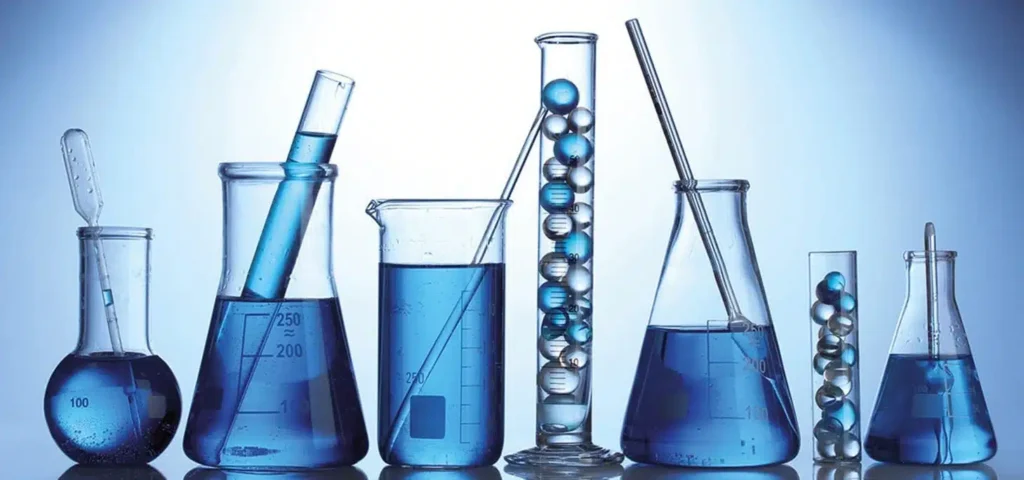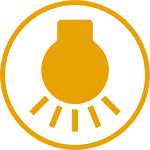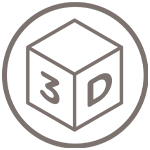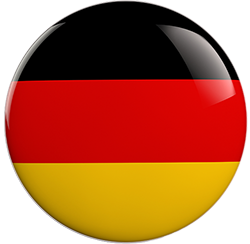What is a real solution?
In pharmacy and chemistry, a solution is generally defined as a homogeneous mixture consisting of two or more chemical substances. This mixture – the solution – is formed as part of a physical process in which a solid, liquid or gaseous substance (the solvate) is dissolved by a liquid or solid solvent (solvent). It is possible that the solvent itself consists of a solution; it also forms the largest part of the solution. Due to the homogeneous distribution of the dissolved substances in the solvent, they are not visible from the outside; however, they can be separated again using special filtration methods, such as reverse osmosis or nanofiltration.
Properties of a real solution
- The real solution is clear
- The substance is so finely dispersed in the solvent that the particles are not visible
- Real solutions penetrate porous filter material without leaving any residue behind
Example of a real solution
An example of a true solution is a homogeneous mixture of different substances in which the distribution extends to the level of molecules, atoms or ions. In an aqueous sugar solution, for example, the sugar molecules are so evenly distributed between the water molecules that each volume part of the solution contains the same number of sugar or water molecules. The solution therefore has the same composition everywhere (homogeneous).
The term solution is not limited to liquids as solvents and solids as solutes. The quantitative ratio of solute to solvent is indicated by the concentration of the solution. As a rule, a solution is defined as a solution that is formed by dissolving and evenly distributing a gaseous, liquid or solid substance in a liquid solvent.
What distinguishes the solution from a dispersion?
In the schematic classification of substances, mixtures are divided into true solutions and dispersions (also known as colloids). In colloid chemistry and process engineering, a dispersion is not a homogeneous but a heterogeneous mixture of two or more substances that hardly combine or dissolve into each other.
Forms of solutions and solubility
Whether a substance is soluble in a solvent (qualitative solubility) and in what quantity it is soluble (quantitative solubility) depends on its properties. If the maximum amount of the substance is dissolved in the solvent, the solution is considered saturated. If more substance is added, it can no longer be dissolved and a bottom salt is formed.
Do you have any questions about our processing and filling options for liquids or the production of suspensions and dispersions? We are here for you and look forward to receiving your e-mail or phone call.
Online source:
https://de.wikipedia.org/wiki/L%C3%B6sung_(Chemistry), retrieved: 01/03/2023, 14:45 UTC


















